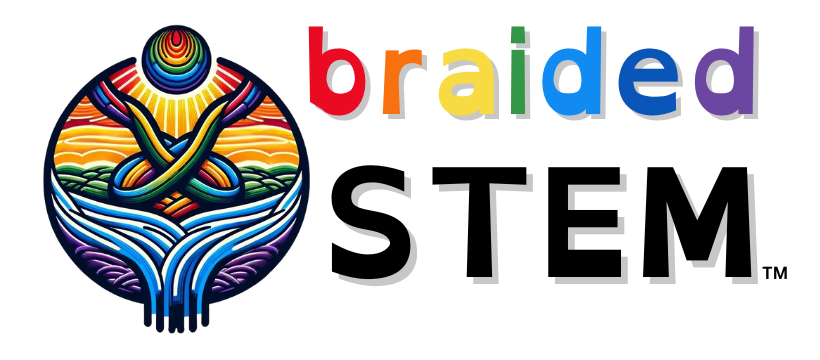6-8
Time Flies: Day, Night, Week, Month, Year
Learning Objectives Children will… • create a model of Earth rotating on its axis. • use the model to demonstrate a day and a week by making the model Earth rotate. • use the model to demonstrate a year by revolving around the Sun. • recognize which half of the Earth is experiencing day and…
Read MorePhases of the Moon
Learning Objectives Children will… • become part of a model to demonstrate the phases of the moon. • match the phase of the moon they see using the model to phase of the moon cards. Key Questions What are the phases of the Moon and what causes them? What causes day and night on Earth?…
Read MoreA Penny for Your Moon and a Quarter for Your Earth
Learning Objectives Children will… • demonstrate the motion of the Moon’s rotation. • demonstrate that the Moon keeps the same face toward Earth. Key Question Does the Moon rotate or turn on its axis? Materials for Each Child Penny Quarter
Read MoreTravel Deep Inside A Leaf
This video makes a great phenomenon video for students to notice and wonder. It is a great opening for lessons addressing how some plant cells convert light energy into food energy. (Thank you to STEMAZing Teacher Leader Lee Ann Howell (@STEMHOWELLer) for contributing this resource to the collection.)
Read MoreVirtual Science and Engineering Practices (SEP) Image Sort
This Science and Engineering Practices Image Sort is a great way to introduce students to the practices and to get them thinking about what they all mean. Using either a PPT version (below) or Google Slides version (link provided below), you can have students sort the images in a breakout room or complete this activity…
Read MoreMoon Phases, Tides, Eclipses, and the Solar System: A 6th Grade Earth and Space Science Unit from ASTA Deeper Dive
This unit bundles together standards 6.P2U1.4, 6.E2U1.7, and 6.E2U1.9. Link to Tool 4 Unit Sequence for 6th Grade Earth and Space Science Unit Link to video walkthrough of 6th Grade Earth and Space Science Unit Developed by Mesa Public School Team Members: Mandy Heal, Kaylynn Gallardo, Jamie Rapkiewcz, and Sandi Anderson
Read More6-8 Crosscutting Concepts and Science & Engineering Practices Elements
Useful for assessing whether or not your students are doing grade band specific elements related to the CCCs and SEPs.
Read More8th Grade AzSS vs NGSS Planning Guide
Great for cross-referencing the Arizona Science Standards to the Next Generation Science Standards (NGSS) when looking for resources from collections aligned to NGSS. S = strong alignment (same science and engineering practice, same content). P = partial alignment (different science and engineering practice, same content). NC = no correlation.
Read More7th Grade AzSS vs NGSS Planning Guide
Great for cross-referencing the Arizona Science Standards to the Next Generation Science Standards (NGSS) when looking for resources from collections aligned to NGSS. S = strong alignment (same science and engineering practice, same content). P = partial alignment (different science and engineering practice, same content). NC = no correlation.
Read More6th Grade AzSS vs NGSS Planning Guide
Great for cross-referencing the Arizona Science Standards to the Next Generation Science Standards (NGSS) when looking for resources from collections aligned to NGSS. S = strong alignment (same science and engineering practice, same content). P = partial alignment (different science and engineering practice, same content). NC = no correlation.
Read More